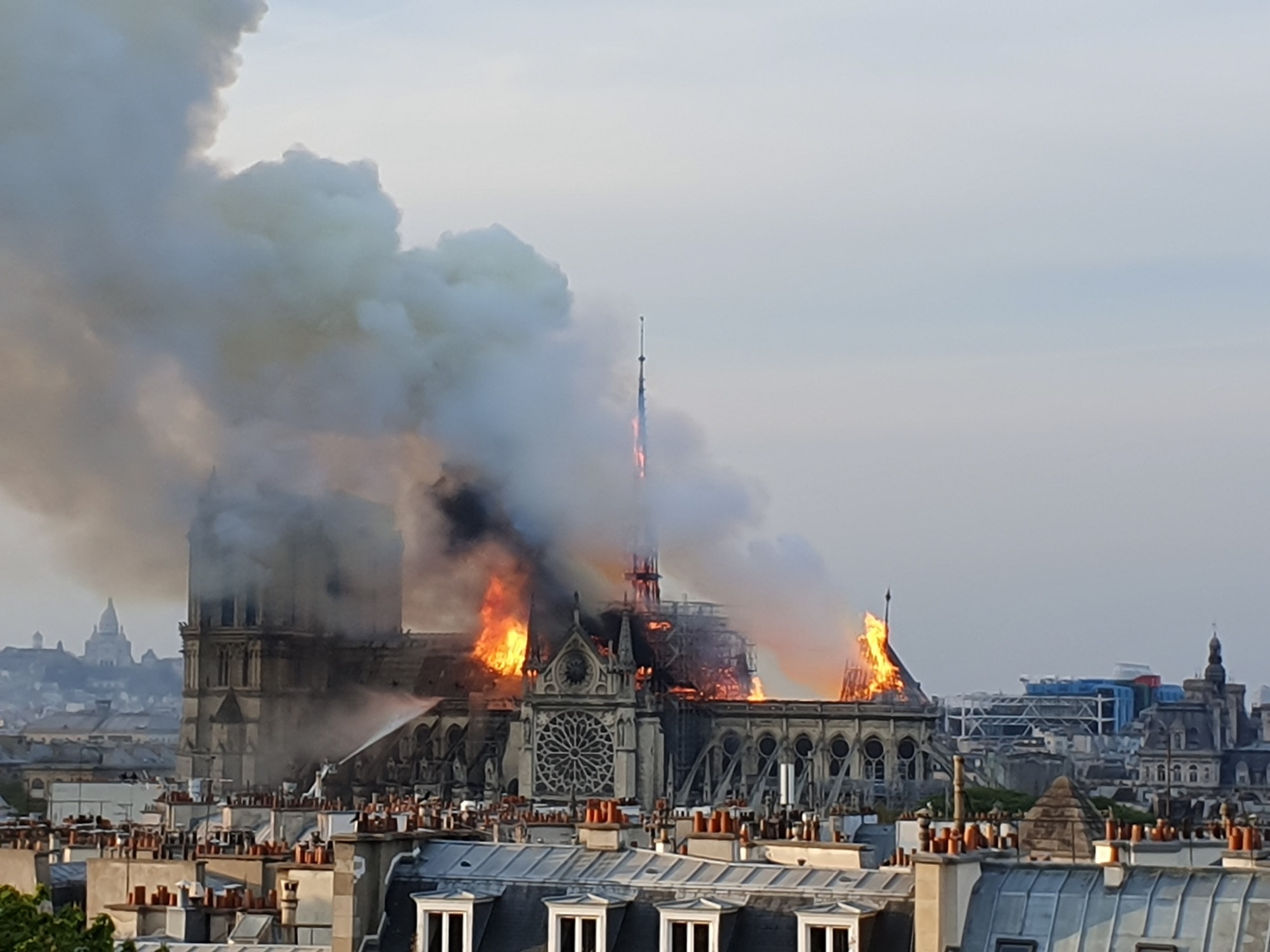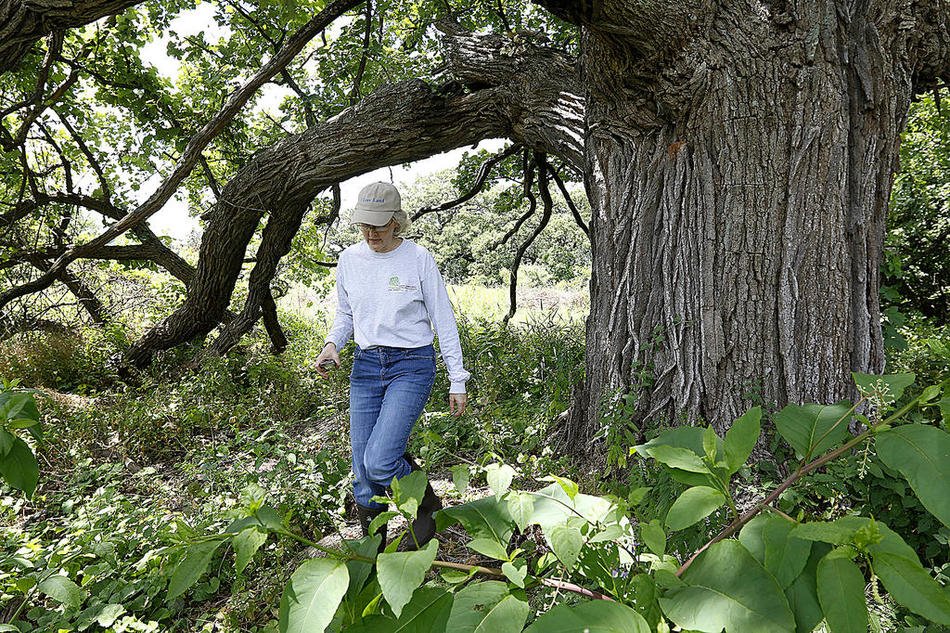Live videos of the Notre Dame Cathedral burning down kept the world (at least the world that we are part of) riveted, many people shared images of themselves with Notre Dame, remembering fondly their last visit. The area around Notre Dame, is one of the most kitsch tourist destinations in the world, row upon row of trinket shops, with mostly Chinese made models of Eiffel Towers and other such paraphernalia, the place is teeming with tourists, the majority of them in recent years being Chinese.

As financial commitments flew in and quickly locked in over $ 1 billion, watchdog groups started questioning the dubious sources of some of these donors, others raised questions regarding our near complete lack of concern regarding the natural and cultural “cathedrals” that we are irreversibly degrading and destroying on a daily basis across the world. While experts were talking of a time consuming and complex damage assessment, the compromised structural integrity, the minimum of 10 years to rebuild the monument and so on, French President Macron, in typical politician style, announced that the cathedral will be rebuilt in 5 years!
The Notre Dame is an exceptional piece of architecture, way ahead of its time, if it wasn’t for the Eiffel Tower, I believe this perhaps would have been the Parisian icon. The story of Notre Dame began roughly a 1000 years ago. On the river Seine, in the heart of today’s Paris exist two natural islands; Ile de la Cite, on which the Notre Dame is situated and Ile Saint Louis. Around the 10th century AD, the Seine was a major route for trade and the strategic location of the islands allowed them to control this trade, raising rich revenue, which funded the building of the Notre Dame. It took close to 200 years to build this Gothic masterpiece, starting in 1163, to be finally completed in 1345. The roof of the Notre Dame, built about 1220 to 1240, was a structural marvel for its time and played an important role in developing roof techniques of that period (the roof underwent partial repair in the 13th and 19th centuries, with the iconic spire added in the 19th century) This roof was made of a whopping 1300 wooden beams, each of which due to the required length and cross section had to come from a single oak tree over 300 year old. At the time of this unfortunate fire, while the building may have been about 800 years old, the 1300 timber beams representing 1300 Oak trees were an astounding 1200 years old! It is no wonder that the roof of the Notre Dame was fondly called ‘the oldest forest in France’. These trees came from old growth forests of native oak species that France and most of western Europe has since cut, turned to agriculture and replaced by fast growing monocultures. France and most of Europe are in no position to supply the timber like they did 800 years back. In the 1800s when the last repairs were undertaken to the roof, old growth forests had already majorly disappeared.
Some purists feel that the roof should be rebuilt exactly the way it was, which would mean the butchering of at least 1300 old growth oaks or equivalent species from some part of the world where old growth forests have still somehow clung on and survived despite modernism and development.

The Notre Dame cathedral has been a witness to changing times, to the environmental crisis of our times, to the disappearance of forests and biodiversity, to the changing climate, to the rising temperatures. Rather than causing further damage to irreplaceable old growth forests, the restoration of Notre Dame should rather serve as an example to show to France and the world what has been lost and what remains to be lost if we do not act now, that the old growth forests of France and Western Europe have gone, that our natural and cultural heritage is very fragile and at severe risk. What we do for culture cannot be at the cost of nature, simply because we have already, irreversibly lost too much already. In today’s world, especially with France leading the world in innovative engineering and a wide spectrum of material and technology choices being available it should be possible to design a new roof while respecting the genius of Notre Dame.
The oldest forest in France is unfortunately no more and there is nothing we can do about it, the least we can do is not load this magnificent building with the guilt and destruction of another 1300 old growth trees, it would be the “Saddest forest in France”






